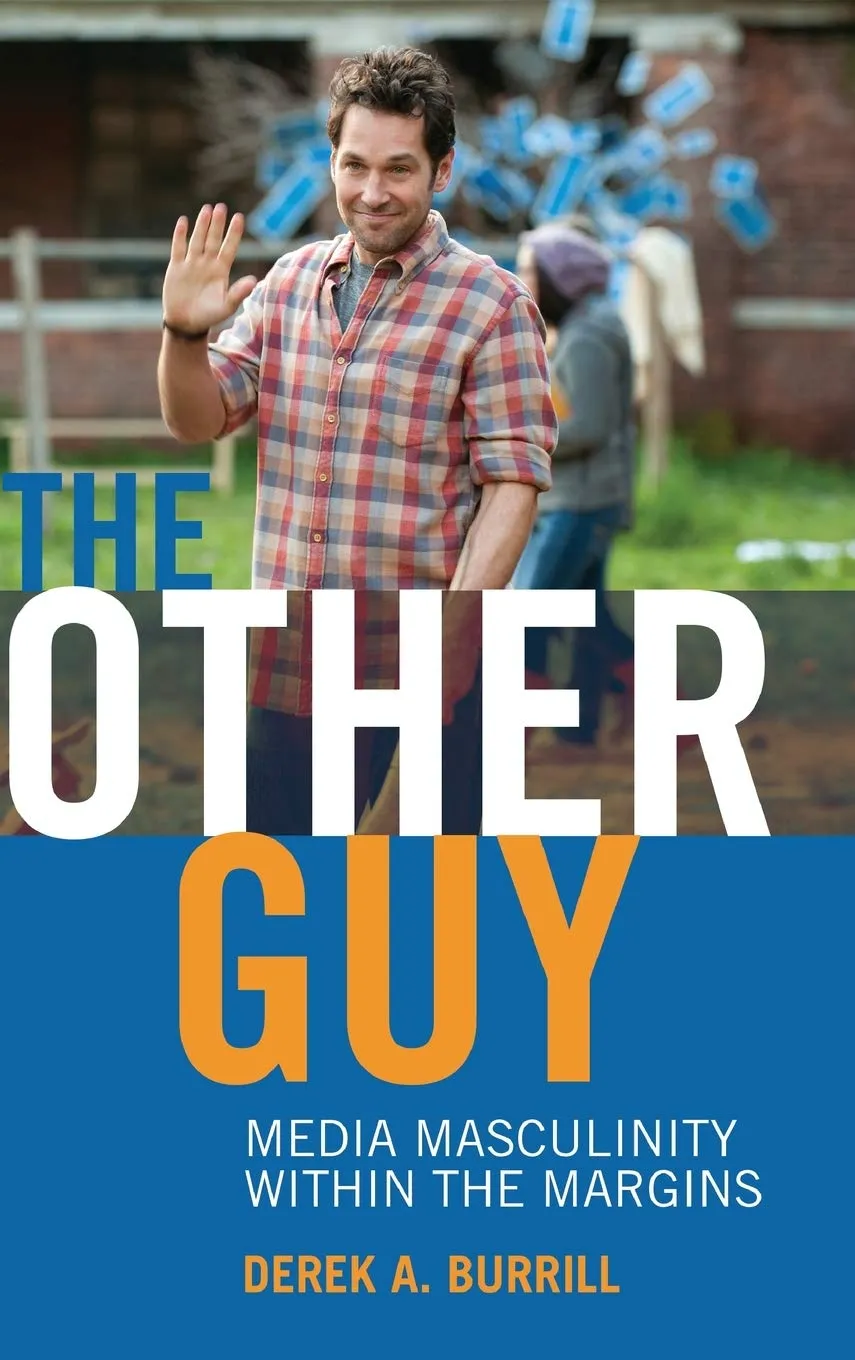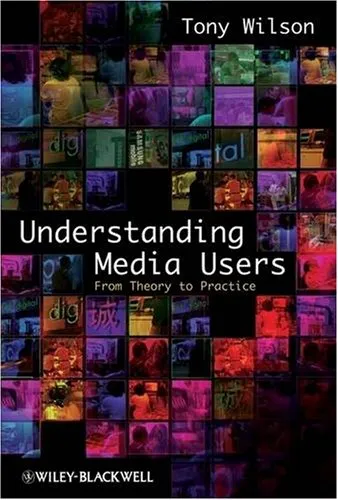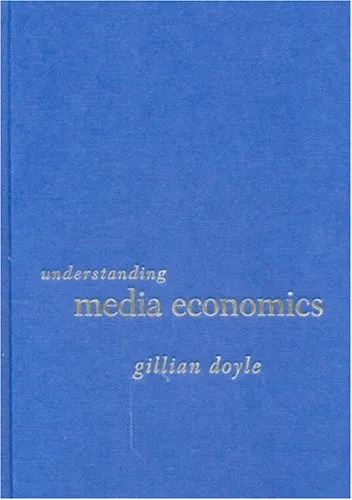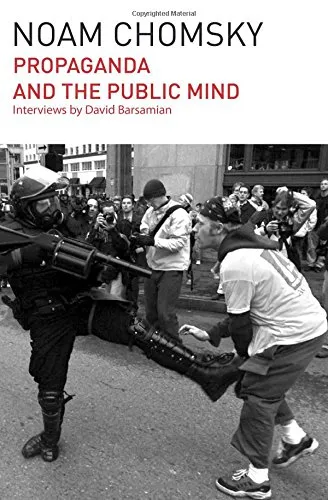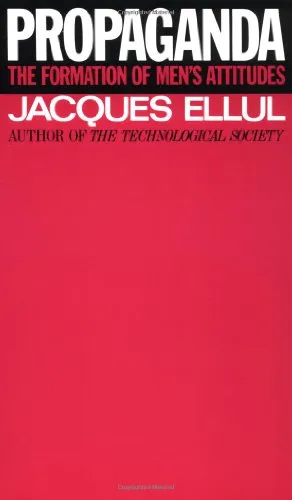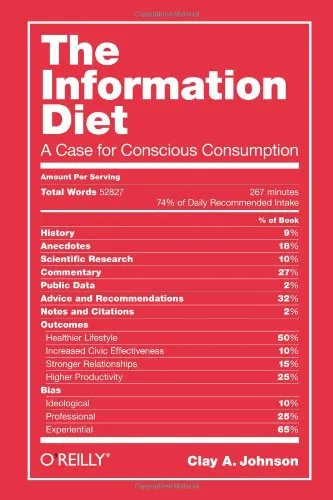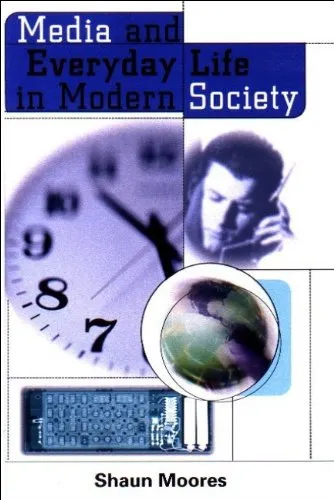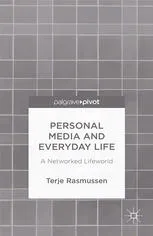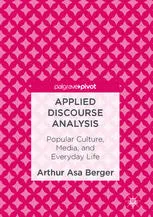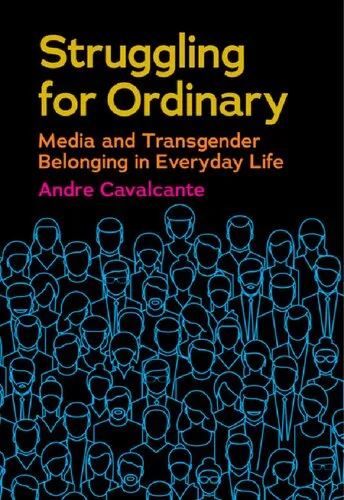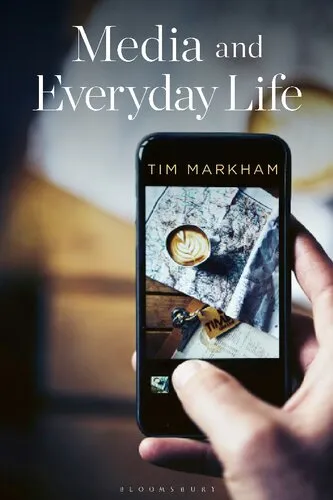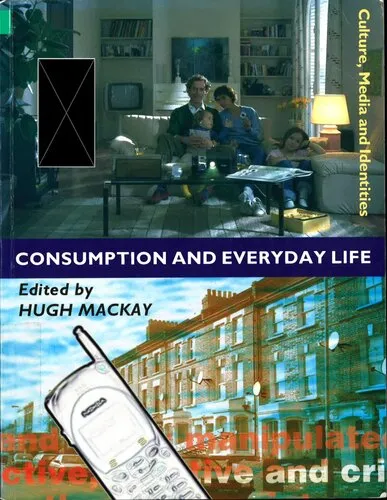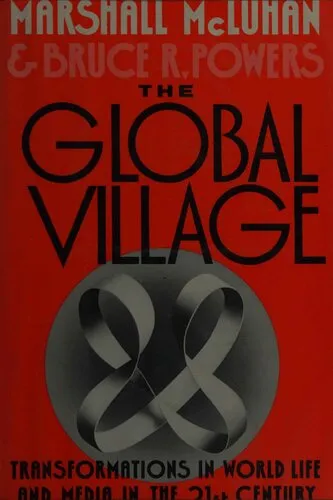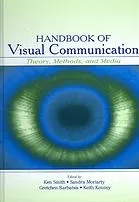The Other Guy: Media Masculinity Within the Margins (Popular Culture and Everyday Life)
4.3
بر اساس نظر کاربران

شما میتونید سوالاتتون در باره کتاب رو از هوش مصنوعیش بعد از ورود بپرسید
هر دانلود یا پرسش از هوش مصنوعی 2 امتیاز لازم دارد، برای بدست آوردن امتیاز رایگان، به صفحه ی راهنمای امتیازات سر بزنید و یک سری کار ارزشمند انجام بدینکتاب های مرتبط:
خلاصه تحلیلی کتاب
کتاب The Other Guy: Media Masculinity Within the Margins (Popular Culture and Everyday Life) اثری تحلیلی و بینرشتهای است که به بررسی بازنمایی مردانگی در رسانهها و فرهنگ عامه میپردازد. نویسندگان، Toby Miller و Derek A. Burrill، مفهوم «مرد دیگر» یا «The Other Guy» را بهعنوان نقطه کانونی تحلیل خود مطرح میکنند؛ شخصیتی یا تیپ مردانه که خارج از جریان اصلی قدرت، هنجارهای قالبی و روایتهای غالب قرار میگیرد.
این اثر با بهرهگیری از نظریههای فرهنگی، مطالعات جنسیت و Media Studies، نشان میدهد که مردانگی چگونه در متن رسانهای تولید، بازآفرینی و در مواردی به حاشیه رانده میشود. نویسندگان با رویکردی نقادانه، از فیلمها، سریالها، تبلیغات و دیگر قلمروهای فرهنگی مثالهایی میآورند تا گفتمانهای مردانگی را در لایههای ظریف و گاه متناقض نمایش دهند.
ساختار کتاب نهتنها بر تحلیل نظری متکی است، بلکه بررسیهای موردی دقیق نیز ارائه میدهد که برای پژوهشگران و دانشجویان حوزه فرهنگ، رسانه و مطالعات جنسیت، مرجع ارزشمندی محسوب میشود.
نکات کلیدی و کاربردی
یکی از نکات برجسته کتاب، تمرکز بر تفاوت میان مردانگی غالب و مردانگی حاشیهای است. این تمایز به خواننده کمک میکند تا دریابد چگونه ساختارهای قدرت رسانهای، برخی انواع مردانگی را به رسمیت میشناسند و برخی دیگر را نادیده میگیرند یا به انقیاد میکشانند.
کتاب به شیوهای علمی نشان میدهد که مطالعات مردانگی رسانهای تنها به نقد «مرد ایدهآل» بسنده نمیکند، بلکه به تشخیص و تحلیل مردانگیهای حذفشده، غیرمتعارف یا مقاوم در برابر هنجارهای غالب میپردازد.
کاربرد عملی این کتاب برای دانشجویان، منتقدان، فیلمسازان و پژوهشگران در این است که رویکردی چندلایه برای فهم شخصیتهای مرد در رسانه ارائه میدهد. این رویکرد میتواند در تولید آثار جدید، نگارش مقالات علمی و پروژههای پژوهشی بهکار رود.
نقلقولهای ماندگار
هرچند محتوای کامل نقلقولهای کتاب تحت کپیرایت قرار دارد و نمیتوان آنها را بازتولید کرد، اما برخی ایدهها و جملات مفهومی نویسندگان، بهطور خلاصه و بازنویسیشده، الهامبخشاند.
مردانگی در رسانه نه یک حقیقت ثابت، بلکه میدانی از نبردهای نمادین است که بازیگران مختلف در آن قدرت را بازتعریف میکنند. نامشخص
در حاشیهها، مردانگی میتواند روایتی از مقاومت باشد، نه صرفاً یک شکست. نامشخص
چرا این کتاب اهمیت دارد
اهمیت این کتاب در آن است که دیدگاهی متفاوت از مطالعات مردانگی و نقد فرهنگ عامه ارائه میدهد. در بسیاری از پژوهشها، تمرکز بر مردانگی غالب و مرکزگراست؛ اما این اثر، حاشیهها را مرکز تحلیل قرار داده و به صدای گروههای کمتر دیدهشده توجه میکند.
برای پژوهشگران حوزه Gender Studies و رسانه، این کتاب مرجع ارزشمندی است که میتواند افقهای جدیدی برای مطالعات انتقادی بگشاید. همچنین برای کسانی که در حوزه تولید محتوا برای سینما، تلویزیون یا رسانههای دیجیتال فعالیت میکنند، فهم جنبههای حاشیهای مردانگی میتواند به خلق شخصیتهای پیچیدهتر و چندبعدیتر بینجامد.
بنابراین این کتاب، پلی میان نظریه و عمل است؛ هم برای نقد علمی و هم برای خلق آثار فرهنگی قابلاستفاده است.
نتیجهگیری الهامبخش
کتاب The Other Guy: Media Masculinity Within the Margins (Popular Culture and Everyday Life) نهتنها برای علاقهمندان به نقد فرهنگی، بلکه برای
Analytical Summary
The book The Other Guy: Media Masculinity Within the Margins (Popular Culture and Everyday Life) offers a rigorous inquiry into how male identities, particularly those outside dominant archetypes, are portrayed, contested, and reshaped within media landscapes. Written by Toby Miller and Derek A. Burrill, it examines the nuanced spectrum of masculinities that live beyond the culturally sanctioned “leading man” persona.
Through penetrating cultural analysis, the authors map out the terrain of “the other guy” — men who, whether by ethnicity, class, sexuality, profession, or personality type, inhabit positions of marginality within mainstream narratives. The book interrogates how film, television, advertising, sports, and other media convey these figures, often oscillating between stereotyping and subtle humanization.
The analytical frame incorporates sociological, feminist, and queer theoretical approaches, ensuring a multi-disciplinary viewpoint that benefits scholars in media studies, gender studies, and cultural criticism. With careful textual examination, the authors invite readers to recognize how media masculinity is both an ideological construct and a lived embodiment, especially for those whose traits, bodies, or histories place them at the periphery of hegemonic ideals.
Information on the exact year of publication is unavailable due to the absence of a reliable public source, and similarly, no documented awards have been found. The weight of the text resides in its detailed, critical discourse and its relevance to ongoing dialogues about representation, diversity, and cultural power.
Key Takeaways
Several critical insights emerge from The Other Guy: Media Masculinity Within the Margins (Popular Culture and Everyday Life), positioning it as a valuable resource for academics, professionals, and discerning readers interested in cultural texts and identity politics.
Firstly, the book affirms that media masculinity is not monolithic; it is stratified by intersecting social factors that affect character portrayal and audience reception. Secondly, it highlights the tension between marketability and authenticity — how economic imperatives often simplify or distort minority masculinities for broader appeal. Thirdly, it underscores the agency of “the other guy,” revealing moments where marginalized men reclaim narrative authority. Fourthly, it exposes the persistence of subtle biases, even within seemingly progressive portrayals. Finally, it serves as a methodological example for applying critical theory to popular culture artifacts.
Memorable Quotes
Several passages in this text stand out for their conceptual clarity and capacity to provoke reflection among critical readers.
Media masculinity is a spectrum, not a singular archetype, and the margins often tell the most honest stories.Unknown
To understand the other guy is to confront the cultural machinery that defines who counts as a man.Unknown
Popular culture mirrors power, and in its reflection, we see the contours of exclusion as clearly as inclusion.Unknown
Why This Book Matters
The significance of The Other Guy: Media Masculinity Within the Margins (Popular Culture and Everyday Life) lies in its ability to illuminate an often-overlooked sector of gender representation: the marginal man.
In a media climate increasingly engaged with diversity yet still beholden to longstanding biases, this book offers clarity and theoretical grounding. It addresses questions essential to cultural scholarship: How are non-hegemonic men framed in narratives dominated by certain ideals of strength and control? What role does audience interpretation play in shifting those frameworks? And how might creators rethink their portrayals to better reflect the complexity of actual lived masculinities?
By framing these inquiries within the accessible yet intellectually rich scope of popular culture studies, the work makes itself relevant not only to researchers but also to practitioners in media production, policy, and education.
Inspiring Conclusion
Engaging deeply with The Other Guy: Media Masculinity Within the Margins (Popular Culture and Everyday Life) is an invitation to expand our understanding of gender narratives, media agency, and cultural transformation.
Whether you are a scholar seeking theoretical frameworks, a media professional aiming to improve representation, or a reader interested in probing beneath the surface of cultural stories, this text opens a critical space for dialogue. Its blend of accessible prose and analytical depth makes it a springboard for classroom discussion, editorial reflection, and policy consideration.
Now is the time to read, share, and discuss what “the other guy” reveals about our collective media experience — and to consider how each portrayal reverberates beyond the screen into societal expectations and lived realities.
دانلود رایگان مستقیم
شما میتونید سوالاتتون در باره کتاب رو از هوش مصنوعیش بعد از ورود بپرسید
دسترسی به کتابها از طریق پلتفرمهای قانونی و کتابخانههای عمومی نه تنها از حقوق نویسندگان و ناشران حمایت میکند، بلکه به پایداری فرهنگ کتابخوانی نیز کمک میرساند. پیش از دانلود، لحظهای به بررسی این گزینهها فکر کنید.
این کتاب رو در پلتفرم های دیگه ببینید
WorldCat به شما کمک میکنه تا کتاب ها رو در کتابخانه های سراسر دنیا پیدا کنید
امتیازها، نظرات تخصصی و صحبت ها درباره کتاب را در Goodreads ببینید
کتابهای کمیاب یا دست دوم را در AbeBooks پیدا کنید و بخرید
1299
بازدید4.3
امتیاز0
نظر98%
رضایتنظرات:
4.3
بر اساس 0 نظر کاربران
Questions & Answers
Ask questions about this book or help others by answering
No questions yet. Be the first to ask!
